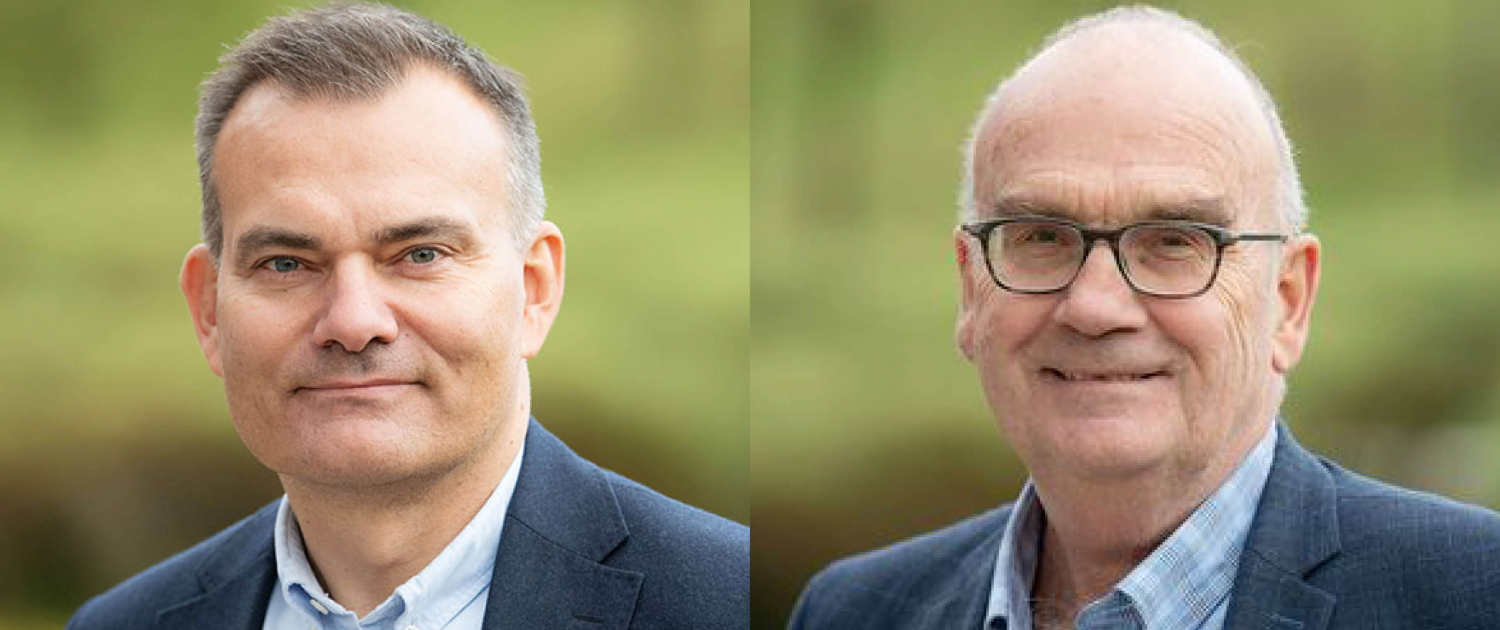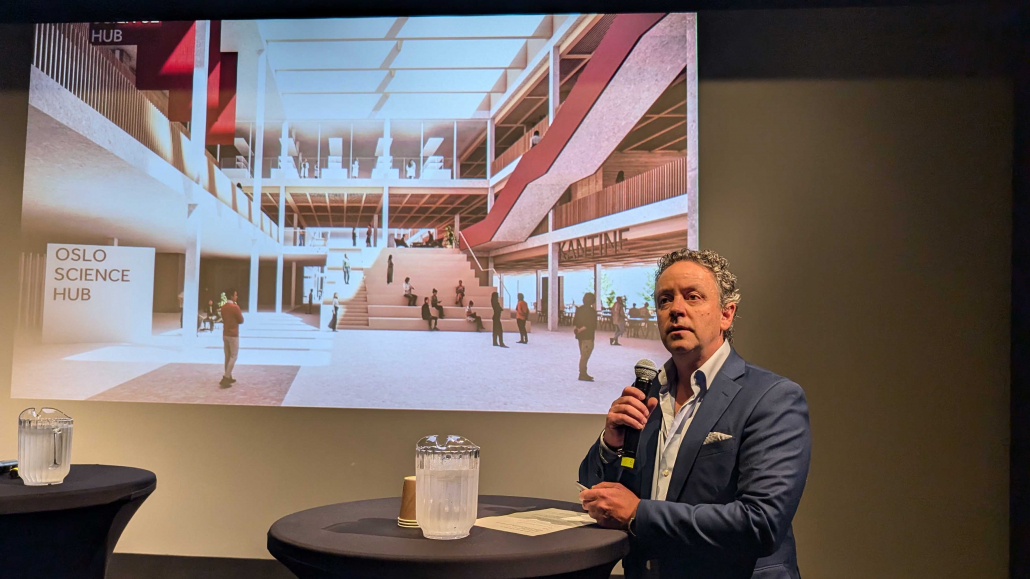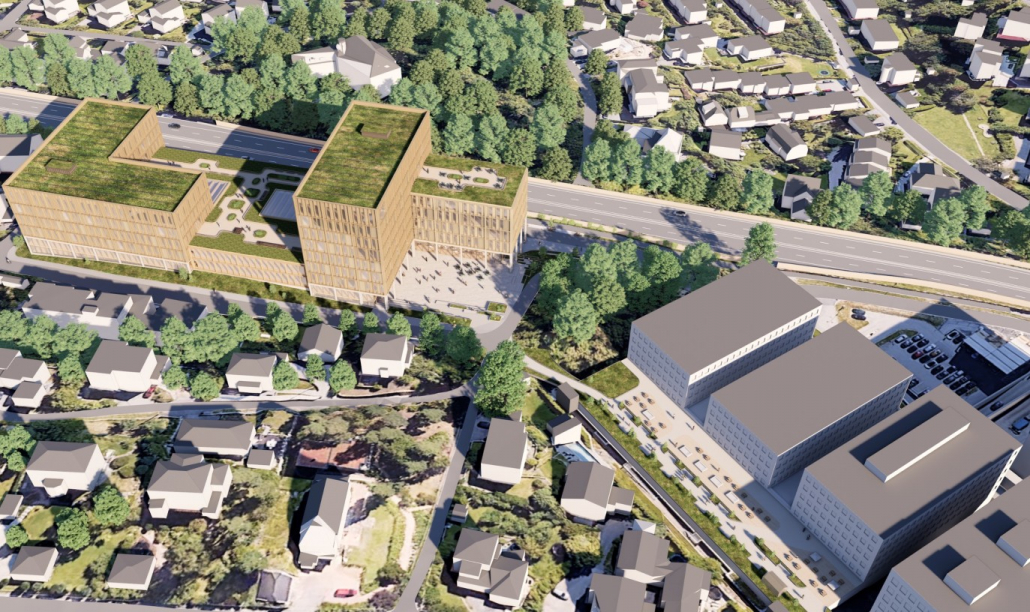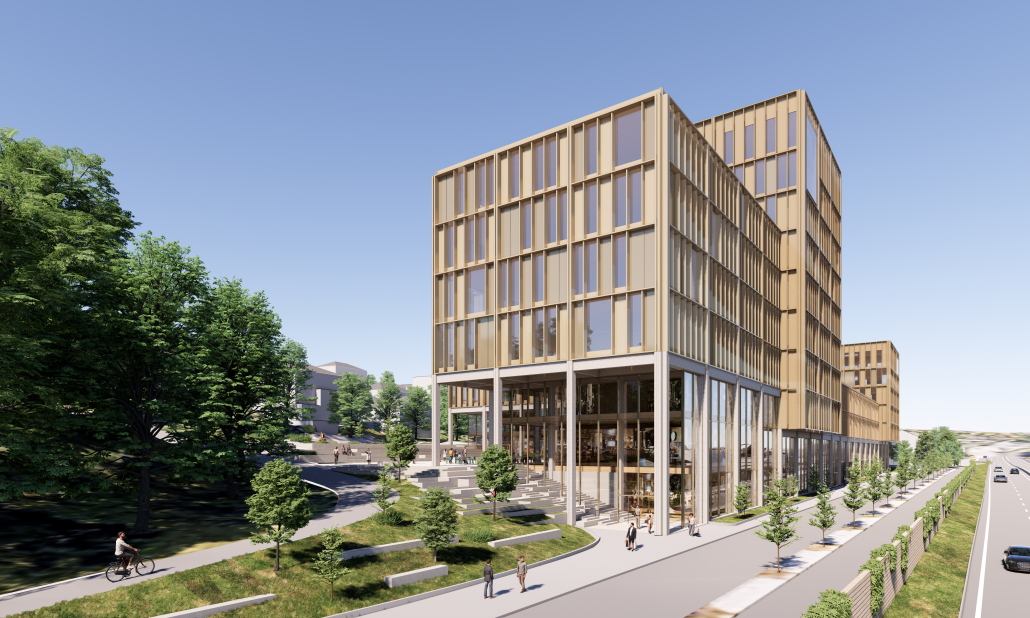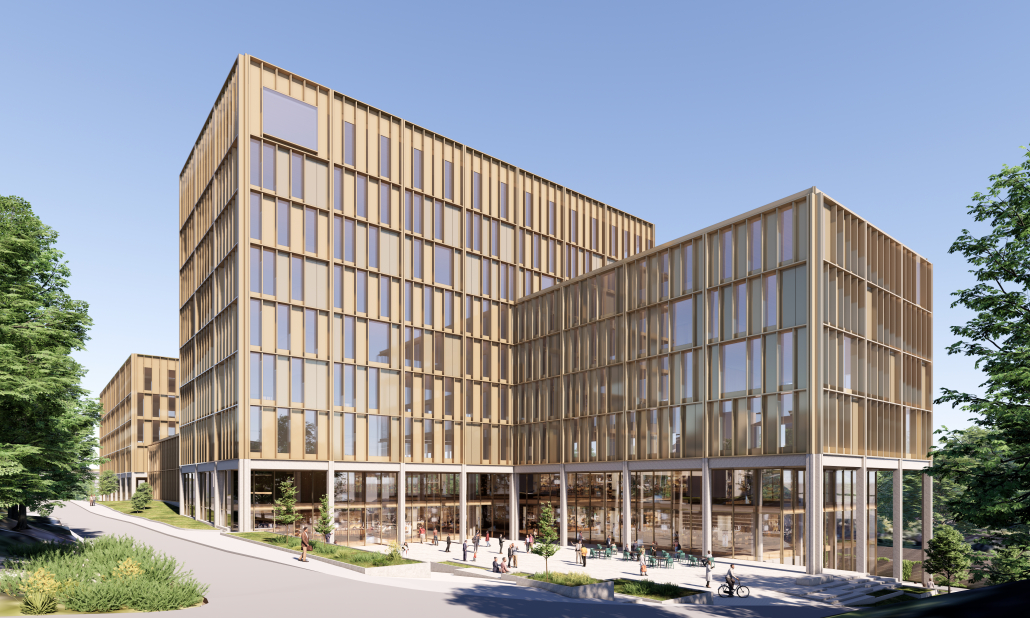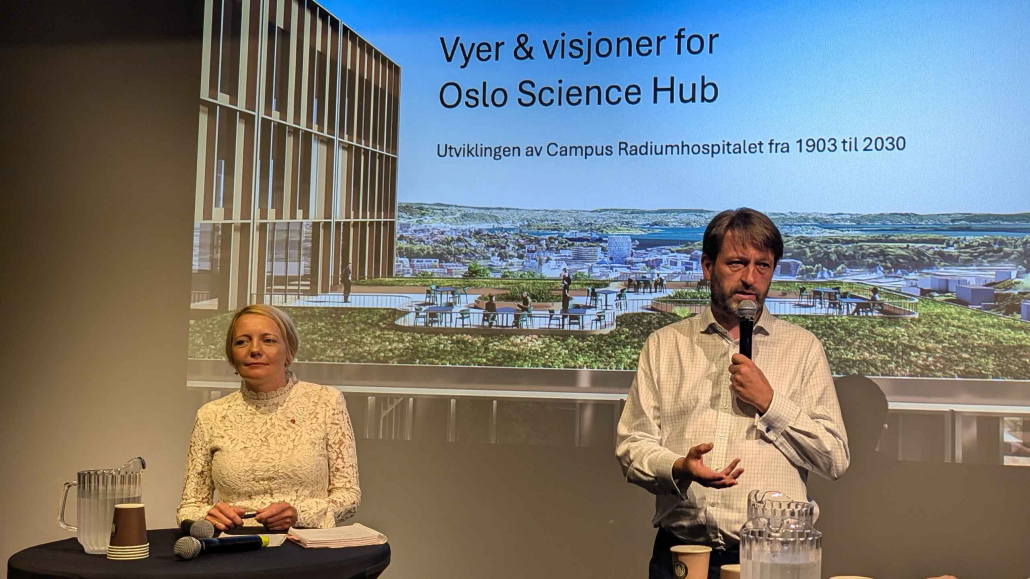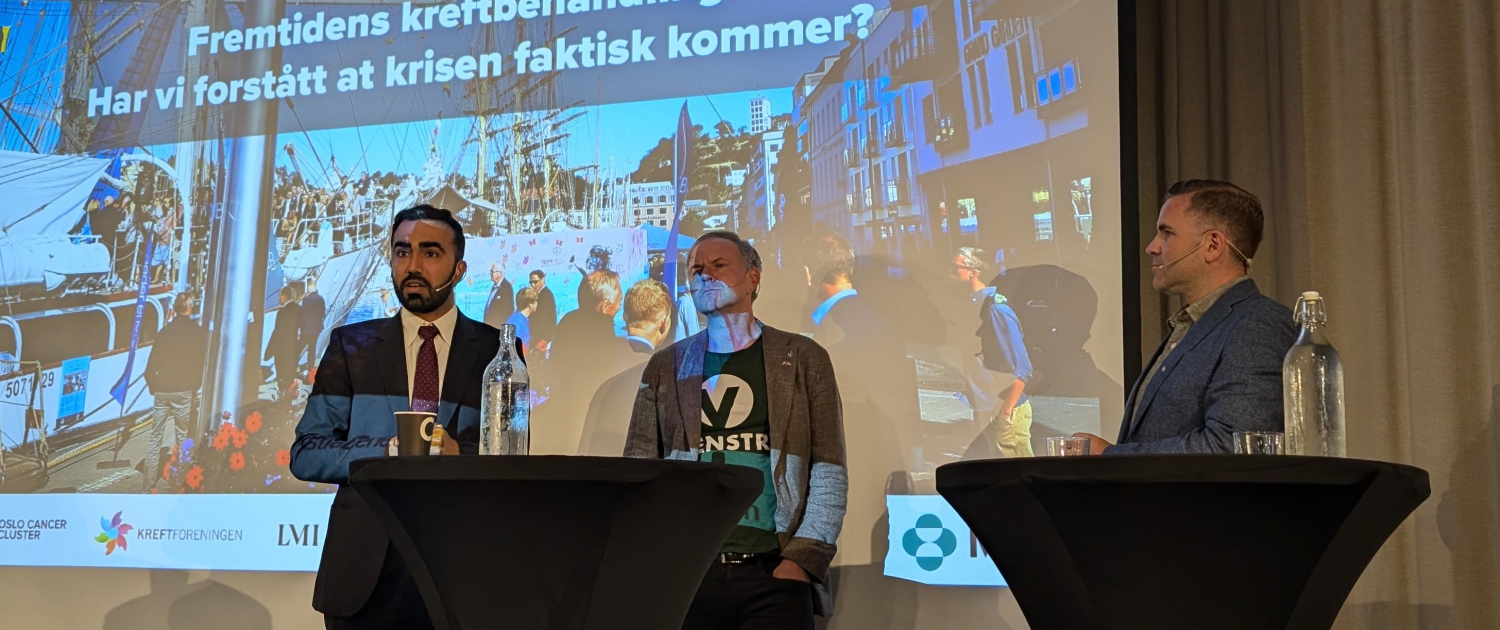Gene profiling test for breast cancer approved
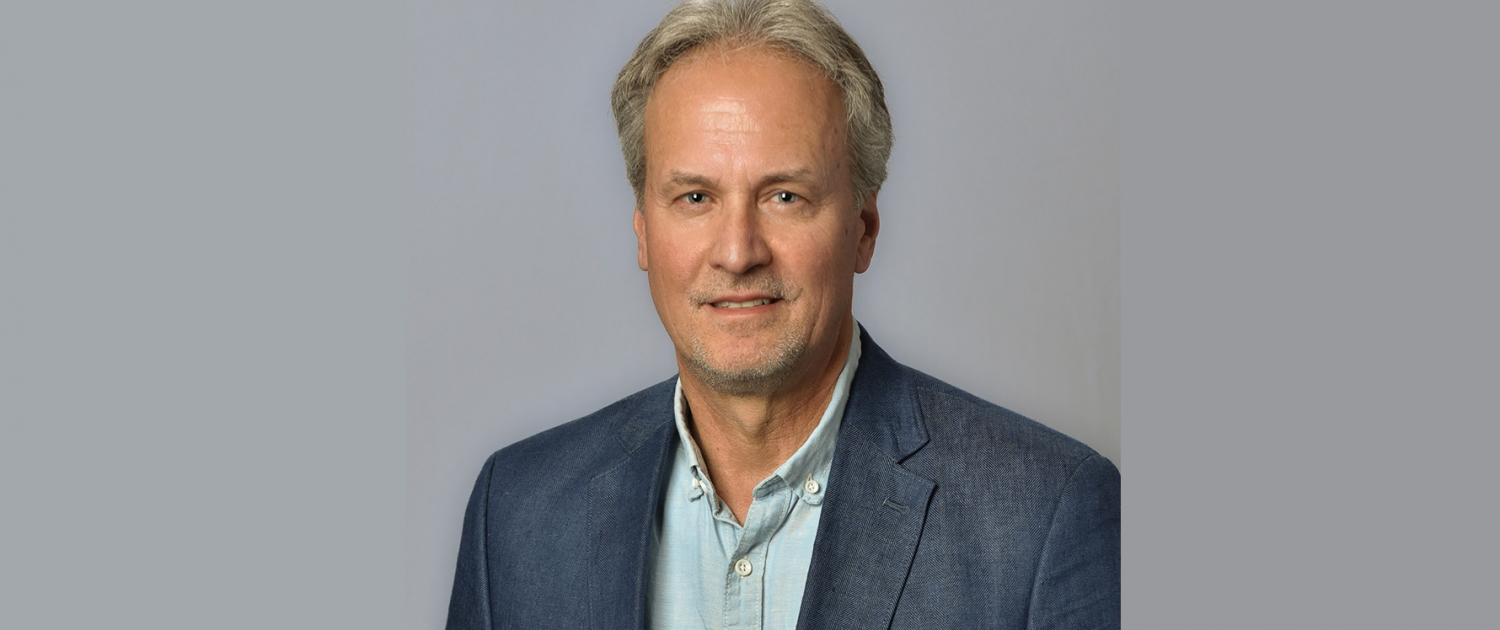
A gene profiling test that predicts which breast cancer patients benefit from chemotherapy will now be adopted in Norwegian healthcare services.
After more than three years of processes in Nye Metoder (the national system of managed introduction of new methods in the specialist health care service in Norway), a gene profiling test for breast cancer patients was authorised on Monday morning. The test, offered by Oslo Cancer Cluster member Exact Sciences, can identify which breast cancer patients benefit from chemotherapy. The test was however only approved for breast cancer patients who are lymph node positive.
“We are surprised that we didn’t get approval for the largest group of patients, those who are lymph node negative. The Decision Forum considers that this group is already covered by Prosigna, even though Oncotype DX has very good documentation and is both cost-effective and cost-saving. So now Prosigna (which is not predictive for the use of chemotherapy) is given monopoly on a large group of breast cancer patients. This is incomprehensible across several countries. It seems almost like a misunderstanding. Normally competition is desirable,” said Glenn Gundersen, Exact Sciences, Norway.
Personalised treatment
There are about 4 000 new breast cancer cases in Norway every year and the number increases. Most patients receive chemotherapy after surgery, which can cause serious side effects, but not everyone has an added benefit from this treatment.
“This is about personalised treatment. Oncotype DX is a CE-marked gene profile test, consisting of 16 cancer-related genes and 5 reference genes. The genes have been selected because they have a prognostic and predictive value. This means the test can predict the potential benefit of chemotherapy for each patient’s tumour. These properties have been clinically validated in well-reputed large prospective randomised clinical trials.
“This represents an important advance in cancer precision medicine. We can more than halve the number of women receiving chemotherapy today. That means several hundreds, if not thousands, can be spared of chemotherapy side effects. It will have a dramatic impact if it is offered to lymph node negative patients as well,” said Gundersen.
A long process
Exact Sciences first sent the application to the Ordering Forum in June 2021. More than two years later, the Norwegian Institute of Public Health finished the health technology assessment of the product. However, it would take the Decision Forum another 10 months to decide on whether to approve the test for use in Norwegian cancer clinics.
“This is a no-brainer. Oncotype DX fulfils the three priority criteria: benefit and effect, use of resources, and disease severity. The health technology assessment states that between NOK 15 000 and 50 000 is saved for every patient, and for thousands of patients, it quickly adds up. Based on its strong documentation and value for the patient and the health care system, Oncotype DX should have qualified for a faster approval process,” adds Gundersen.
Based on UK data, an external evaluation group appointed by NICE (UK) reported that Oncotype DX could result in 594 fewer women having chemotherapy per 1 000 tested among N1 patients (patients with cancer spread to 1-3 lymph nodes in the axilla). The reduction for other gene profiling tests (Prosigna, EndoPredict) was 40. Oncotype DX is already in use in about 100 countries and has been tested in more than 1,8 million patients.
Privacy issues
With the advent of personalised cancer medicine, more gene profile tests are entering the market. This sparks legal and ethical questions about sharing Norwegian patients’ tumour tissue and health data with foreign commercial partners.
Gundersen explains: “Exact Sciences recognizes the sensitive nature of health data and the duty to guard its confidentiality. We pledge to maintain the highest level of privacy and security for our patients’ trusted information. Exact Sciences leverages advanced security expertise to safeguard sensitive medical data. We adhere to stringent legal frameworks like Data Processing Agreements (DPA) and Business Associate Agreements (BAA). These compacts are shaped by the mandates of the General Data Protection Regulation (GDPR) and Health Insurance Portability and Accountability Act (HIPAA), respectively, ensuring protection through compliance.
“Exact Sciences does not sell health information. We collect and use personal data for the singular purpose of performing laboratory tests as permitted by contract.
“The tumour specimens are sent by medical express courier to our laboratory in California, where a tiny fraction of the sample is used. In 7-10 days, the results are returned to the treating physician’s password-secured web portal and the remaining sample is returned. This means the Norwegian pathology departments don’t need to do any extra work, in fact, it may liberate capacity since they do not need to perform other local gene profiling analyses.”
- For more information, please visit Exact Science’s website or contact Glenn Gundersen.
The post Gene profiling test for breast cancer approved first appeared on Oslo Cancer Cluster.

